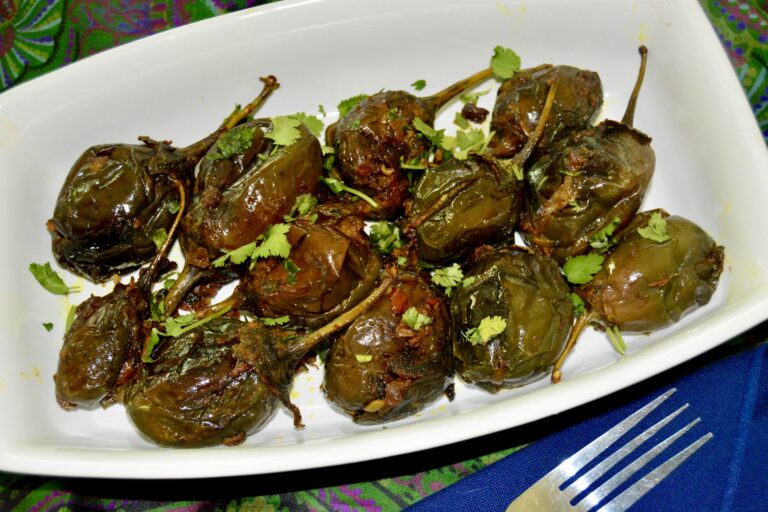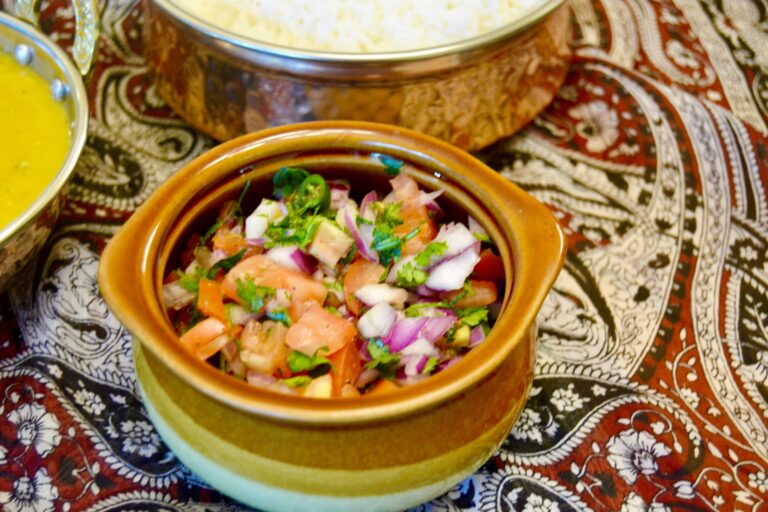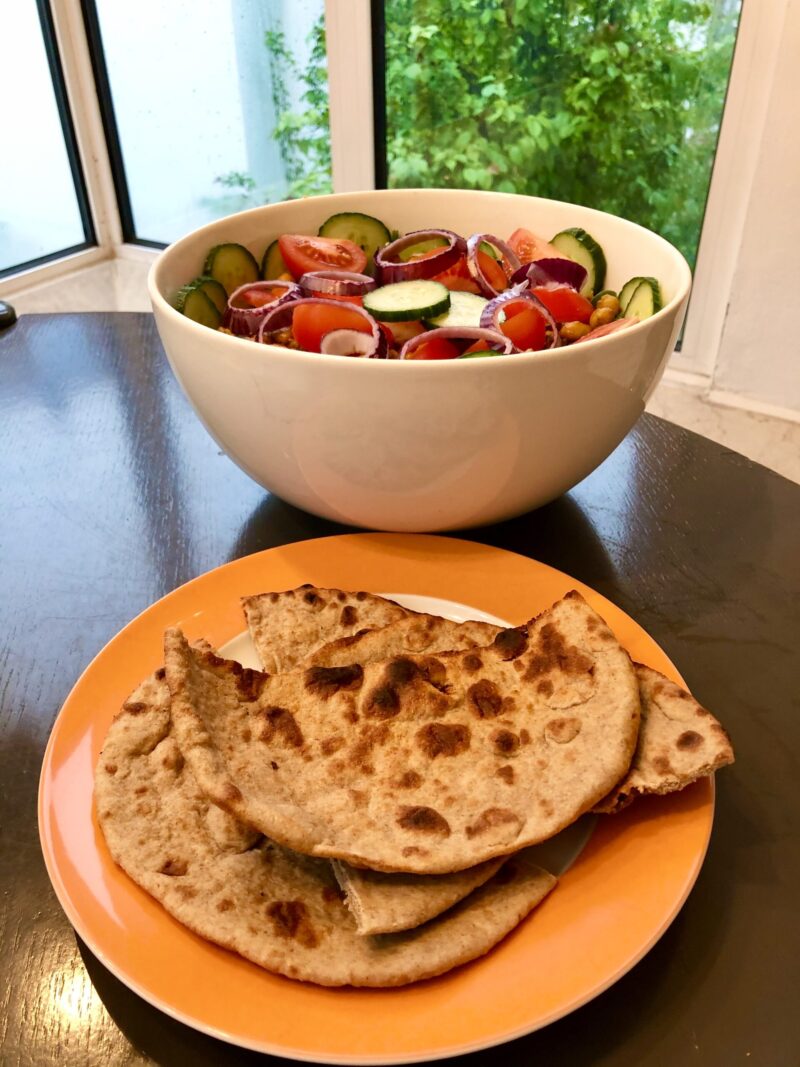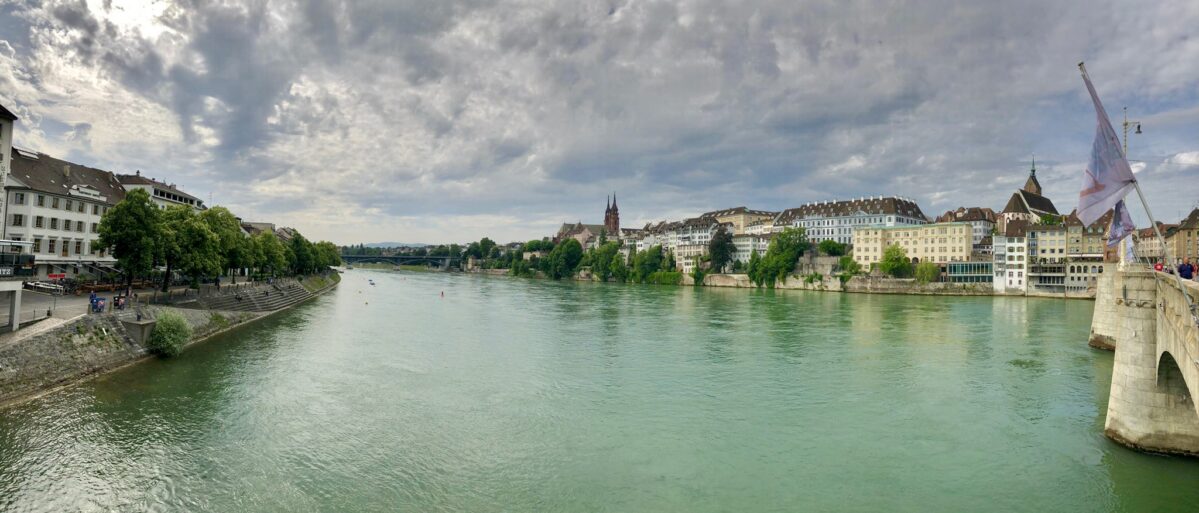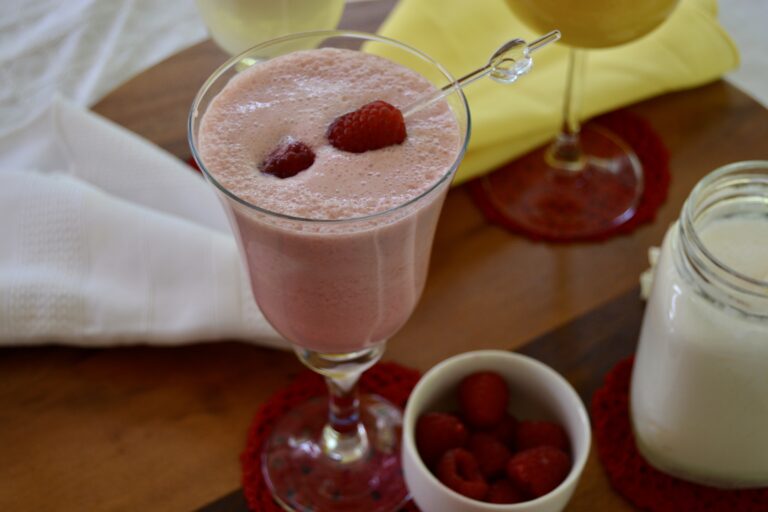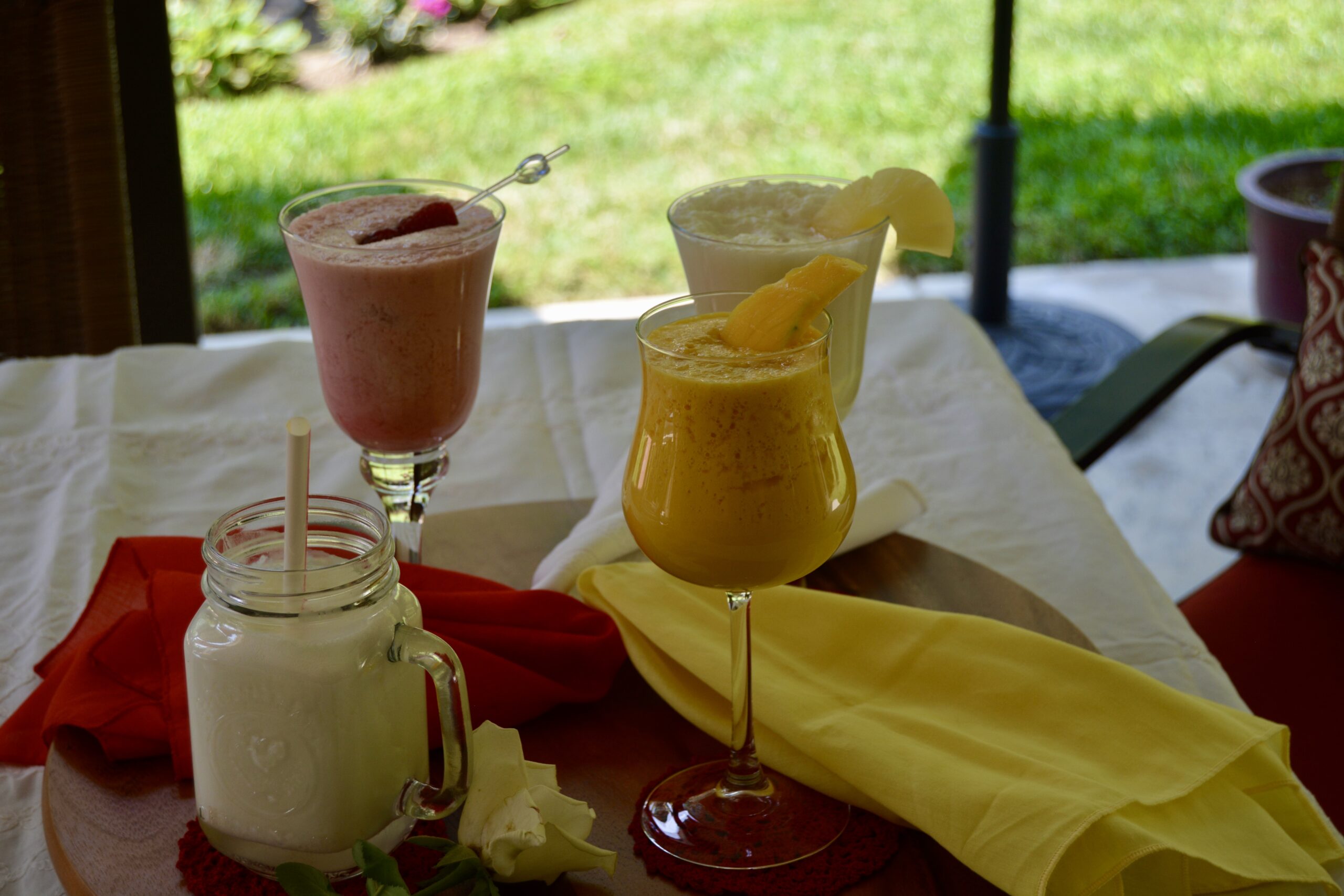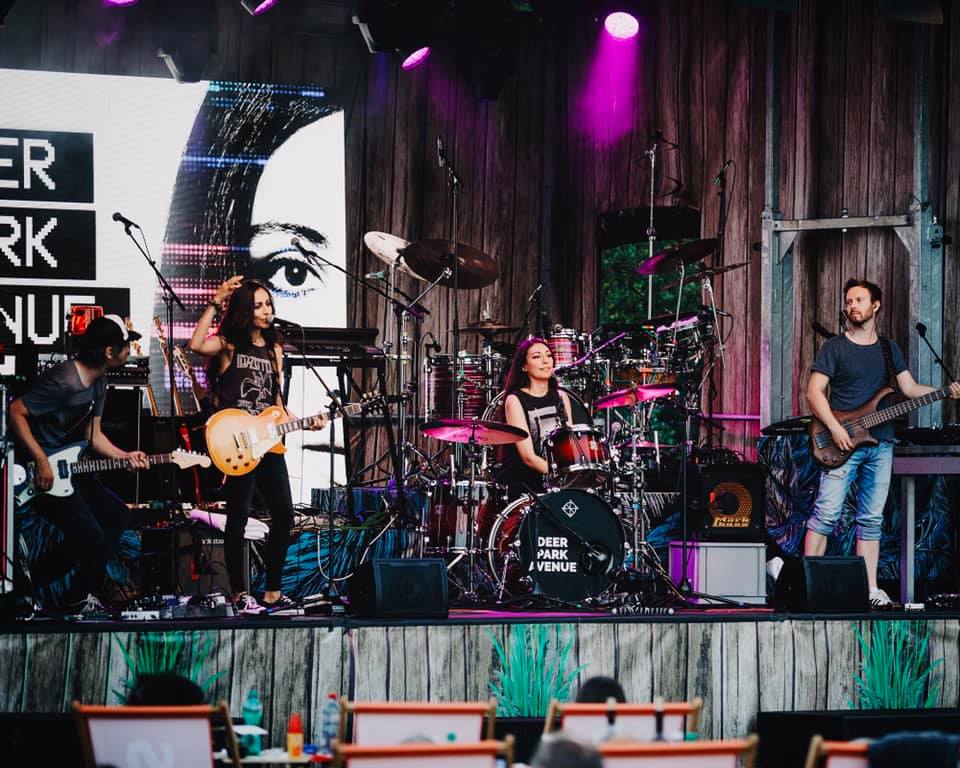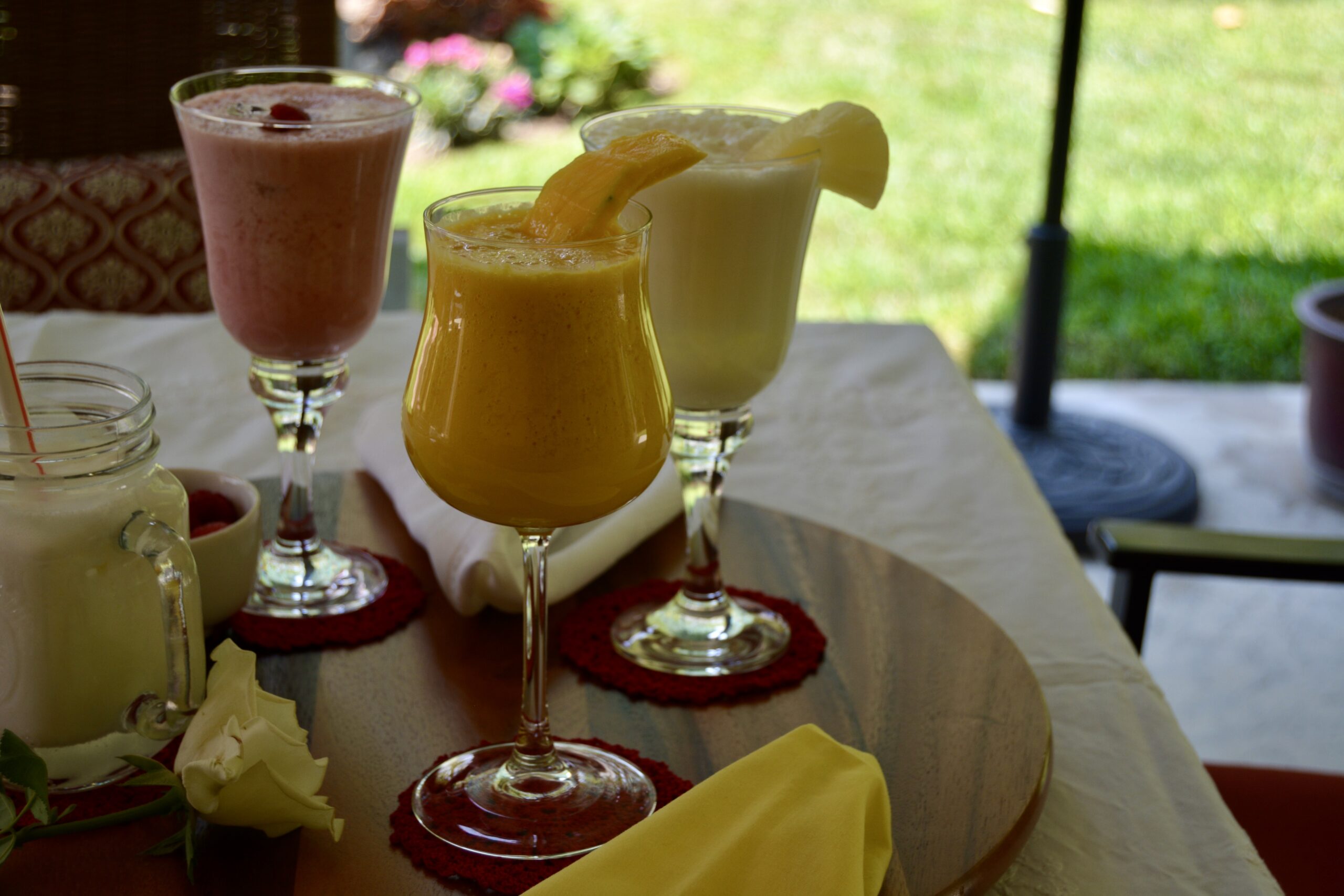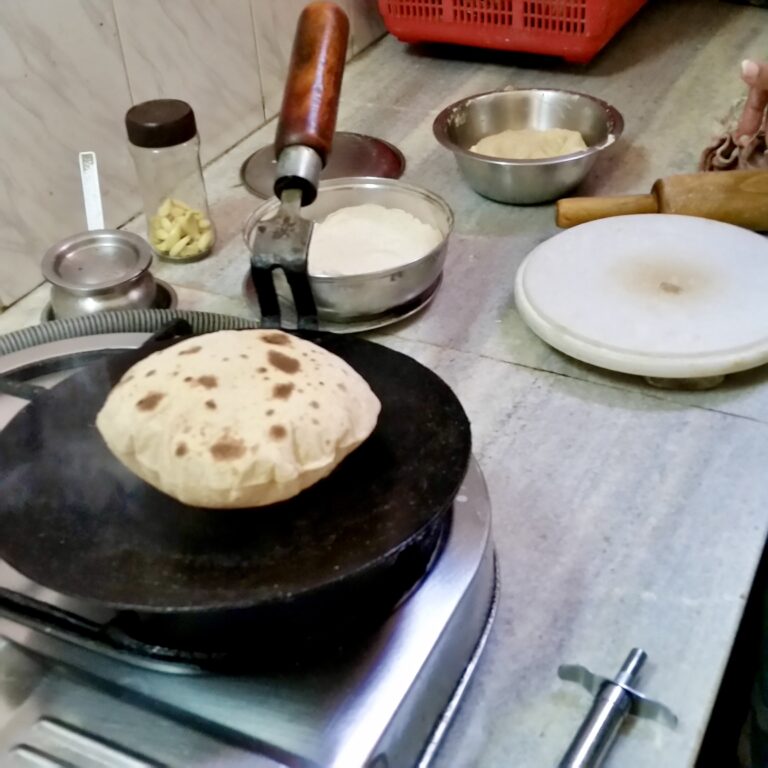Rotis, phulkas, chapattis—many names of the same delicious Indian flatbread!
I am a soon-to-be bride and my soon-to-be mother-in-law has taken me to visit my husband’s youngest Chachaji (Dad’s brother). It is lunchtime, and Chachiji (his wife) is making the rotis while I stand watching to see if I can help in any way. It is an art to roll the rotis and get them evenly round.
Other than taking some dough from our Cook and trying to roll it out as a kid, I never really had a chance to cook them myself, so when Chachiji hands me the rolling pin, I panic. I am on the spot!
I valiantly attempt to mimic her skills. Her two boys are laughing at my first attempt. Then strangely enough, I do the next one fairly well. By the fourth one, I am on a roll and my soon-to-be-in-laws look fairly pleased. I have saved face! I look triumphantly at my fiancé. He grins. Never mind if I am sweating profusely!!
Rotis are the ultimate comfort food for me, like rice and dal. There is nothing like the smell and taste of a hot roti straight off the tava (griddle). It is as good as a fresh-baked loaf of bread.
To fix the roti you will need a tava. Preferably, a cast-iron one, but a nonstick will do. You will also need a wooden chakla and belan (a rolling board and rolling pin). Some dry wheat flour in a flat bowl to use when rolling out the dough.
Rotis, phulkas, chapattis—many names of the same delicious Indian flatbread!
- 2 cups whole wheat flour (found at Indian grocery or health food stores))
- 1 cup water
- ghee or butter (to butter roti)
- salt (to taste)
To Prepare the Dough
In a large bowl or praath (round, flat Indian metal platter with a 2" rim), add 2 cups of flour.
Heap the flour in the center and make a little hollow in the middle of it. Slowly pour in the water, gradually mixing the mixture together to form a dough ball.
On a flat surface, roll the dough out, and knead the dough for about 8 minutes until you get a smooth and pliable dough.
Cover with a damp cloth and let rest it least 10 minutes before you use the dough.
To Make the Rotis
Break off a golf-sized ball of dough and shape them into rounds. You should get 10-12 dough balls for 6-8 " diameter rotis.On a rolling board, flatten out the ball of dough with your fingers, palm side down. Dip the flattened dough into some dry flour, put it in the center of the rolling board, and roll it out until it is approximately 6"-8" in diameter. If you put more pressure on one side of the rolling pin it should give you an even roundness. The roti should be ⅛ of an inch (2-3 centimeters). Meanwhile, heat the griddle over medium heat.
Pat the raw roti between the palms of your hand in a flipping motion to shake off the excess flour, then carefully lay it on the hot griddle. Within a minute, you will see bubbles appear on the surface. With a spatula, turn the roti over once more. With a napkin or paper towel rolled into a ball, gently press on the edges of the roti while trying to spin the roti around on the tava. It is an art learned with practice. This should puff the roti up. Don't be disheartened if the roti doesn't puff up on your first try.
If you have a gas burner, it is easier. Remove the roti with a pair of tongs and put it on the open flame. It should start to puff. Be quick or it can burn.
Whichever method you use, the roti is cooked when it has some nice brown spots on it, and the edges should be cooked.
Remove the cooked roti and spread it with ghee or butter.
Place a napkin in a deep dish and put the roti into this. Fold the edges of the napkin over the roti to keep it warm. Most Indians use an insulated container or a tortilla warmer to keep the rotis warm.
Continue making the rest of the rotis the same way. Sandwich them together with the ghee- or butter side, so they do not smear all over the napkin.
Enjoy with dal, sabzi, or a meat dish.
I use salt only when I am mixing the dough for parathas, but you can add a pinch if you like.

